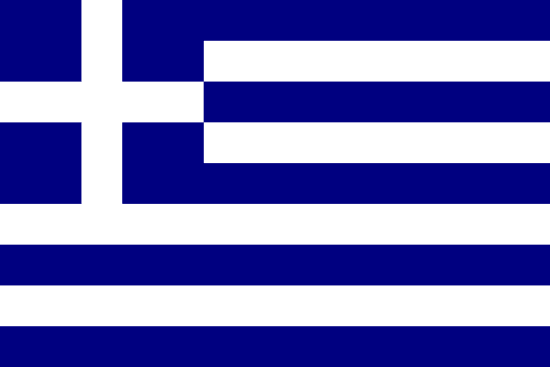"Η μπλε πόλη της Ελλάδας | The blue city of Greece"
About:
Kavala, a city in northern Greece, has a rich history dating back to the 7th century BC, when it was founded as Neapolis. It was an important port and commercial center in the Roman and Byzantine eras. In the 15th century, it fell under Ottoman rule and was renamed Kavala. The city flourished in the 19th century with the tobacco trade. It was liberated in 1913 during the Balkan Wars. Today, Kavala is a significant economic and tourist hub, known for its historic sites and natural beauty.
When to visit:
Kavala, a picturesque city in northern Greece, experiences a Mediterranean climate with hot, dry summers and mild, wet winters. The best time to visit Kavala would be during the late spring to early autumn months, typically from May to September, when the weather is warm and ideal for sightseeing and outdoor activities. During this time, visitors can enjoy exploring historical sites such as the Kavala Castle, taking a stroll along the scenic harbor, and indulging in the local cuisine at seaside tavernas. However, travelers should be prepared for crowds during the peak summer months and plan accordingly to make the most of their holiday experience in Kavala.
When to avoid:
Traveling to Kavala, Greece during the winter months, particularly from December to February, can be challenging for holidaymakers. The region experiences colder temperatures and increased rainfall during this time, making outdoor activities less enjoyable. Many tourist attractions may have limited operating hours or be closed altogether during the off-season, reducing the overall holiday experience. To fully enjoy the beauty and charm of Kavala, it is recommended to visit during the spring or summer months when the weather is more favorable for sightseeing and outdoor adventures.
"Winter Season (Dec-Feb)"
In Kavala, Greece, the coldest and wettest months are typically January and February. Average temperatures range from 4°C to 12°C. Rainfall averages are at their highest, around 65mm, making it the wettest period of the year. Sunlight is less abundant with about 5 hours of sunshine daily. The sky is often overcast, with cloud cover around 60%. For a visitor, an average day might involve brisk walks under cloudy skies, with occasional rainfall. Warm clothing is advised. Despite the chill, Kavala's beauty shines, offering a different, quieter charm.
"Summer (June-August)"
In Kavala, Greece, the warmest part of the year is from June to August, with July being the peak month. During this period, the average high temperatures range from 28°C (82°F) to 32°C (90°F), while the average low temperatures range from 19°C (66°F) to 23°C (73°F).
Rainfall is minimal during these months, with July being the driest month. You can expect an average of 1 to 2 rainy days per month during this period. The region experiences an average of 12 to 13 hours of sunlight per day, providing ample time for outdoor activities.
Humidity is relatively low during the summer months, ranging from 40% to 60%, making the heat more bearable. The sky is typically clear or partly cloudy, with cloud cover ranging from 10% to 30%.
A typical day for a visitor in Kavala during the warmest part of the year feels hot but not oppressive, thanks to the low humidity. The mornings are warm, perfect for sightseeing and exploring the city. Afternoons can be hot, which is a great time to hit the beach or enjoy a leisurely lunch in the shade. Evenings are pleasantly warm, ideal for waterfront dining or a stroll along the port.
Language:
Greek is the primary language spoken in Kavala, a city in northern Greece. As a popular tourist destination, English is also commonly understood in many areas. Additionally, due to its proximity to neighboring countries, some residents may also speak Bulgarian and Turkish.




